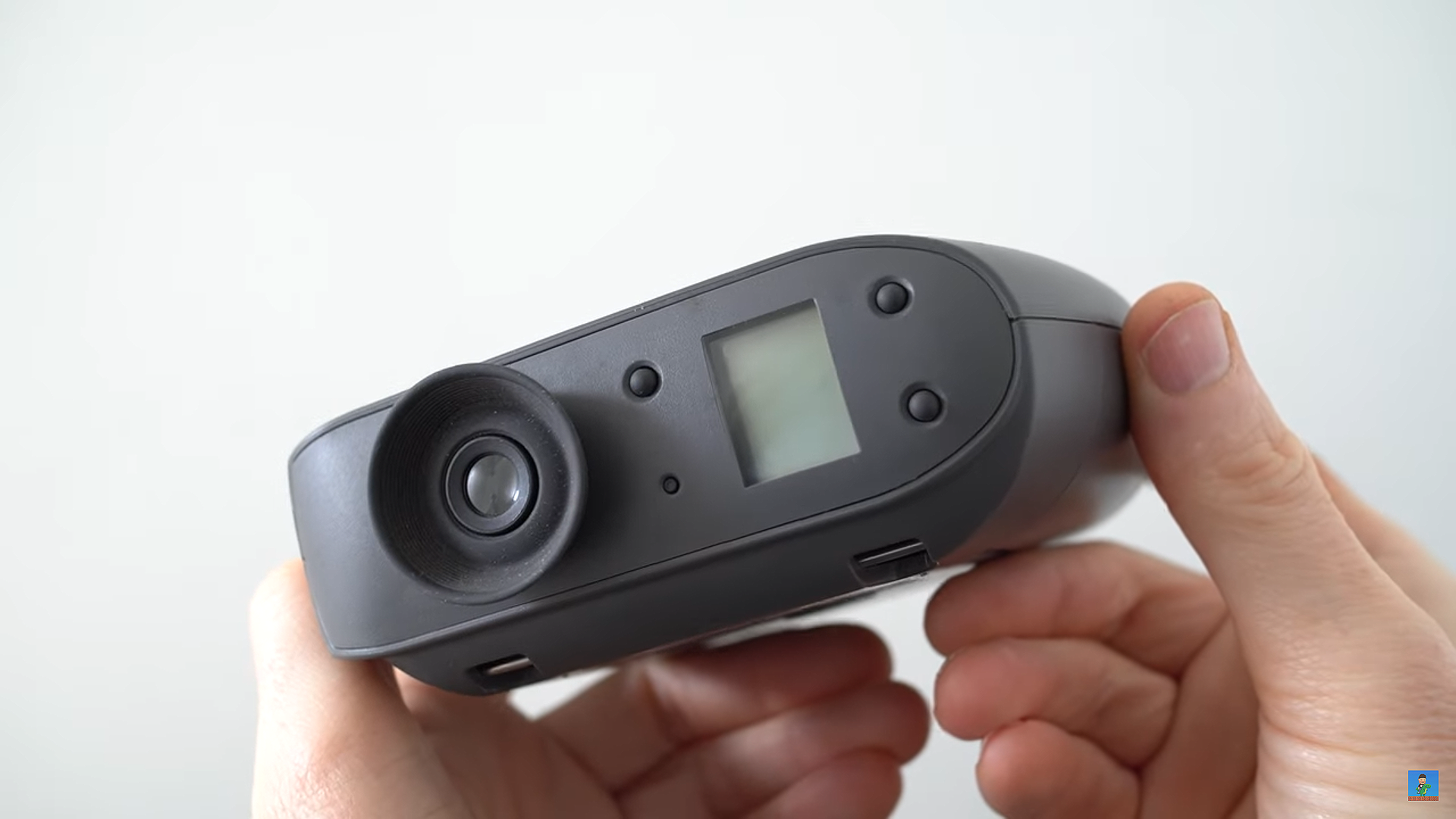Did you know that Apple made a digital camera in 1994?
The Apple QuickTake 100 was one of the first ever digital cameras – but it didn't last long, being discontinued in 1997

Did you know that one of the first-ever consumer digital camera lines was launched by Apple? Three models existed, known as the Apple QuickTake series of cameras. The Apple QuickTake 100, 150 and 200 were all marketed for around three years before finally being discontinued in 1997.
It's strange knowing that one of the largest tech companies in the world first dabbled around in the realm of digital photography, and that its original products both lived and died before I was even born.
So how good was the Apple QuickTake series? Photography and technology expert Gordon Laing offers his expert opinion in his YouTube video below, where you can watch the QuickTake 100 in action and discover the process of extracting images from this retro camera.
• Apple never really quit on cameras, evidenced by the best iPhones for photography
Apple's take on the consumer digital camera can capture full-color photos, has a tripod mount, and operates with a sliding camera cover that hides the lens and activates the power. It also has a built-in flash, a fixed focal length of roughly 50mm, and it takes three AA batteries.
Laing makes the comparison numerous times to a pair of binoculars, saying that the QuickTake 100 looks more like a surveyor's tool. A collaboration between Apple and Kodak gave birth to the QuickTake 100 and 150, requiring Kodak to manufacture the camera, but with Apple controlling the industrial design, interface, and branding. Apple's final foray into compact cameras in 1996, the QuickTake 200, was a collaboration with Fujifilm.
Laing managed to find one of these rare gems for just £40 (approximately $48 / AU$71) on eBay, almost 30 years later. The camera has just a single megabyte of internal storage, and can only accommodate around eight photos at a time if the higher-quality image type is selected. Without an LCD screen, you also can't preview your images until it is connected to a computer – aren't we lucky to have it so easy!
The best camera deals, reviews, product advice, and unmissable photography news, direct to your inbox!
The hardest part of using this ancient camera in 2023, as Laing explains, is actually retrieving the photos. You'll need to source the original software that communicates with the camera, which can be found online, and also find an outdated computer that can run this software – and crucially, it has to be one with the correct port to physically connect to the camera.
Thankfully, after an attempt with an emulator had failed, Laing was able to use a much older device in the form of a Mac PowerBook 165 that he purchased cheap, and a Windows 98 system that he built himself using an outdated motherboard, a serial cable, and a CF card to connect to the Apple camera.
Once transferred, the files are stored in the proprietary QTK format as opposed to JPEG, unknown by modern software. The QuickTake 100 was initially a Mac-only device until a Windows-compatible version was released a year later, which enabled you to shoot tethered with the camera.
Laing's images from Brighton captured using the QuickTake 100 are actually pretty great, and work well all things considered. While they aren't the best quality images, the effect seems to blend both digital and film into a nostalgic time capsule.
Would you ever go through the trouble of using an older device for photography? Some people have been modding GameBoy Cameras to work in the modern era. Awesome or silly nostalgia-chasing? Either way, it's a great blast from the past!
• You may also be interested in the best compact cameras, as well as the best instant cameras, and not forgetting the best disposable cameras, and the best camera batteries.

Beth kicked off her journalistic career as a staff writer here at Digital Camera World, but has since moved over to our sister site Creative Bloq, where she covers all things tech, gaming, photography, and 3D printing. With a degree in Music Journalism and a Master's degree in Photography, Beth knows a thing or two about cameras – and you'll most likely find her photographing local gigs under the alias Bethshootsbands. She also dabbles in cosplay photography, bringing comic book fantasies to life, and uses a Canon 5DS and Sony A7III as her go-to setup.

